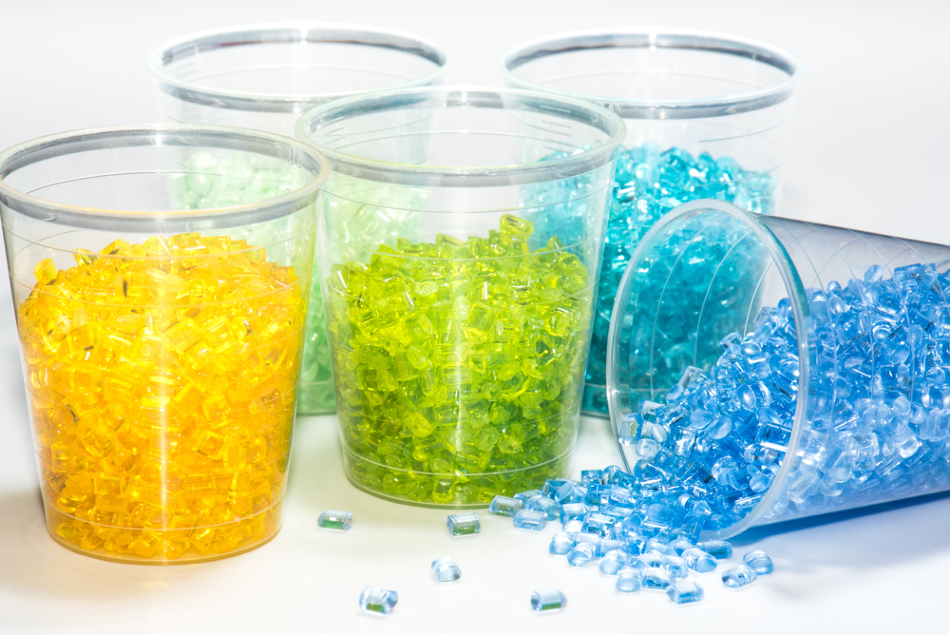May 12 2001

Image Credit: XXLPhoto/Shutterstock.com
This article was updated on 5th Feb 2020 by Clare Kiernan.
Polyamide 6 (PA 6) is a thermoplastic and was created as an alternative to the patented Nylon 6/6. It is a semi-crystalline polymer and has some similarities to Nylon 6/6 in terms of its properties. It is synthesized differently to most other polyamides using ring-opening polymerization rather than condensation polymerization. PA 6 can have glass beads incorporated into its structure to improve certain properties.
Advantages of Polyamide 6
Compared to unmodified PA 6, bead-filled PA 6 has:
- Increased stiffness
- Higher-strength
- Higher heat distortion temperature resistance
- Superior dimensional stability
- Lower water absorption
Advantages of Polyamide 6
It has only one disadvantage compared to unmodified PA 6:
- Lower elongation at break
Typical Properties
| Property |
Value |
| Density (g/cm3) |
1.5 |
| Surface Hardness |
SD80 |
| Tensile Strength (MPa) |
75 |
| Flexural Modulus (GPa) |
5 |
| Notched Izod (kJ/m) |
0.06 |
| Linear Expansion (/°C x 10-5) |
5 |
| Elongation at Break (%) |
2 |
| Strain at Yield (%) |
N/A |
| Max. Operating Temp. (°C) |
80 |
| Water Absorption (%) |
0.7 |
| Oxygen Index (%) |
22 |
| Flammability UL94 |
HB |
| Volume Resistivity (log ohm.cm) |
15 |
| Dielectric Strength (MV/m) |
20 |
| Dissipation Factor 1 kHz |
0.2 |
| Dielectric Constant 1 kHz |
8 |
| HDT @ 0.45 MPa (°C) |
210 |
| HDT @ 1.80 MPa (°C) |
130 |
| Material. Drying hrs @ (°C) |
3 @ 95 |
| Melting Temp. Range (°C) |
260 - 290 |
| Mould Shrinkage (%) |
1 |
| Mould Temp. Range (°C) |
50 - 80 |
Applications of Polyamide 6
- Automobile sector components
- Control components
- Housings
- Guides
- Dimensionally accurate base plates
- Electrical components